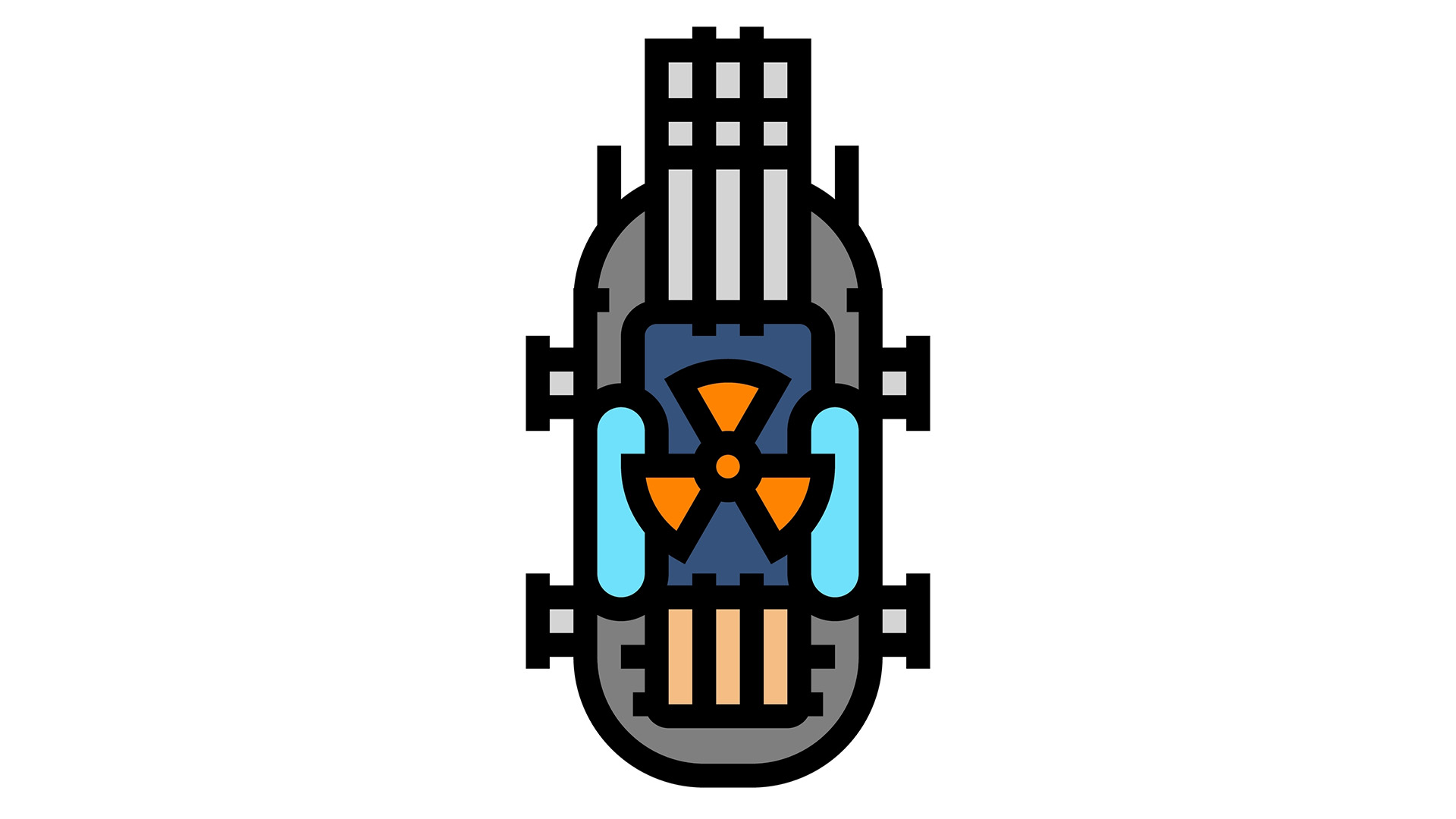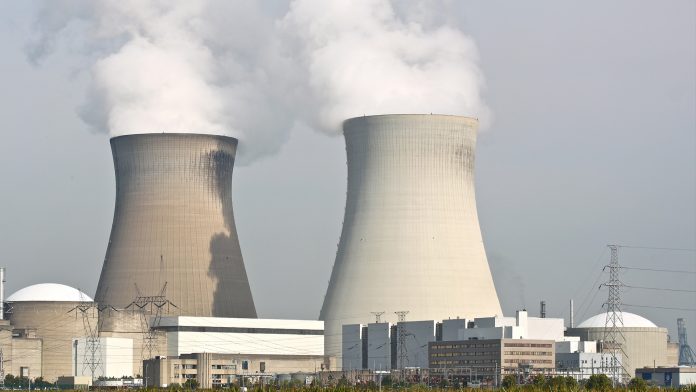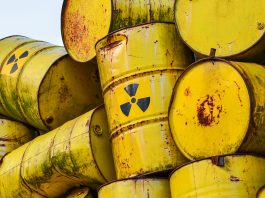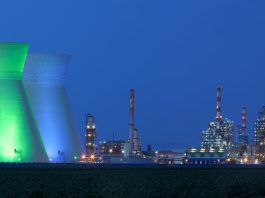Small modular reactors, a new type of nuclear reactor, can provide cleaner, safer, and more accessible nuclear energy. The NEA discusses the advantages and challenges facing SMRs.
Ongoing innovation in small modular reactors (SMRs), a new type of nuclear reactor, can help address multiple energy policy priorities around the world. These range from decarbonising electricity to ensuring the security of energy supply in an uncertain world, providing options to alleviate energy poverty and promoting economic development and prosperity.
Nuclear Potential
Nuclear energy already plays an important role in many countries’ energy systems, supplying approximately 10% of the world’s electricity from 444 nuclear power reactors currently in operation. These reactors are mainly gigawatt-scale, providing on-grid baseload electricity. Nuclear energy can play an even larger role. Recent NEA analysis (NEA, 2022) finds that meeting the average of the International Panel on Climate Change (IPCC, 2018) pathways consistent with a 1.5°C scenario will require tripling global installed nuclear capacity to reach 1,160 gigawatts by 2050. This can be achieved through a combination of long-term operation of existing nuclear reactors, large-scale Generation III nuclear new builds, and SMRs for both power and non-power applications.
Innovation in SMRs is advancing in several countries. This includes SMRs at various stages of development, from fundamental research on new concepts to commercial deployment and operation of mature designs. This pipeline of innovation includes a range of reactor concepts – from incremental innovation in existing light water reactor technologies to breakthroughs in advanced Generation IV reactor concepts. It also includes small modular reactors in a variety of configurations, with some being land-based, others multi-module, marine-based, or transportable. These innovations incorporate new materials, a range of coolants, and innovative fuels. The innovation pipeline is poised to produce a variety of commercial SMRs of different sizes, from smaller than five megawatts electric to larger than 300 megawatts electric, with outlet temperatures going from about 285°C to nearly 900°C.

Features of SMRs
Small modular reactors have a number of attributes supporting their commercial viability. Many new technologies incorporate the concept of passive safety, meaning they do not need active intervention or power to shut down. Combined with smaller inventories or material on site, this could reduce the size of required emergency planning zones, facilitating siting and potentially reducing grid requirements. Meanwhile, some SMRs are being designed to potentially reuse spent nuclear fuel, reducing the amount of high-level waste that must be stored and managed in deep geological repositories. Through design standardisation, simplification, and modularisation, SMRs also aim to reduce costs through serial construction. Being smaller and more scalable than traditional nuclear power plants should increase appeal to a broader class of private investors.
The pipeline of small modular reactors has the potential to support a variety of energy policy priorities. These include the decarbonisation of electricity supply as well as the decarbonisation of new applications where large-scale nuclear energy plants and variable renewable energy supplies may have limitations. These new markets and applications range from replacing coal in on-grid power to substituting fossil cogeneration for certain industries and district heating. In many cases, SMRs would be a game changer to reach net zero in different regions and settings.
Some of these technologies are available to the market now, with many others following in the next 5 to 10 years. With such a variety of technologies and specifications, the Nuclear Energy Agency (NEA) is seeking to help countries monitor progress in SMRs as they consider the paths available to them to reach net zero.
The NEA SMR Dashboard was published earlier this year to do just that. It looks beyond technology readiness level and assesses progress across six additional enabling conditions: licensing readiness, siting, financing, supply chain, engagement, and fuel. In each area, the NEA defined objective criteria that reflect substantial progress towards first-of-a-kind deployment and commercialisation. The NEA SMR Dashboard has only used information from verifiable public sources and has been updated to include a greater number of SMR projects and programmes. It benefited from consultations with SMR designers, who were provided with an opportunity to comment on their draft assessments and supplement further information that could be independently verified.
Bringing SMRs to reality
The compilation of The NEA SMR Dashboard reveals substantial progress towards SMR deployment and commercialisation in NEA and non-NEA member countries, with much of this progress taking place during the past two years.
Overall, two windows of opportunity can be discerned for the roll-out of SMRs (Figure 2). Those with a high level of technology and licensing readiness will play a significant role in reaching net zero by 2050 as decarbonisation efforts accelerate between 2030 and 2040. Those with a lower level of technology and licensing readiness could be deployed at scale from 2040 to help remain at net zero emissions after 2050.

However, deploying and commercialising new nuclear technology faces a number of challenges that the NEA and its member countries are taking on by increasing international co-operation.
In September 2023, the NEA brought together dozens of energy ministers and private sector CEOs at its inaugural Roadmaps to New Nuclear conference to discuss the best ways to face these challenges. Twenty countries agreed on a joint statement in which they committed to nuclear energy to achieve net zero, as well as a number of guiding policies to make that happen. Their call to action is particularly important in the run-up to the COP28 climate conference.

©shutterstock/vectorwin
Challenges
The first key challenge to the greater deployment of new nuclear projects, including SMRs, is access to financing. Where possible, multinational development banks, international financial institutions, and regional bodies that have the mandate to do so should consider financing nuclear energy. New nuclear projects would be more easily financed if nuclear energy was classified, as appropriate, with other low-carbon energy sources in finance taxonomies and was included in environmental, social, and governance (ESG) policies.
For SMRs to come online quickly enough to help bring emissions to net zero, more work needs to be done to create enabling policy frameworks, regulatory pathways, codes, and standards. Sharing best practices and other forms of international co-operation can help accelerate this process. This can be particularly important for SMRs as some technologies being researched are innovative. Co-operation will also help to ensure safe and efficient strategies for the storage, transportation, reprocessing and recycling, and disposal of spent nuclear fuel and high-level radioactive waste.
Supply chains will need to be smooth and predictable if new nuclear installations like SMRs are to be economical and timely. This includes the supply of nuclear fuel, from uranium extraction to conversion, enrichment, and fuel fabrication. Small modular reactors can also be particularly suitable in hybrid energy systems, which integrate all low-emissions energy sources, so fostering such new energy systems will help speed up the transition to a net zero economy. For example, SMRs can help reduce the cost of producing hydrogen, which can then be used in hard-to-abate sectors like heavy industry.
The ongoing increase in activity in nuclear energy projects, the likes of which have not been seen in decades, will require investments in educating and training a skilled workforce that is both innovative and diverse. At all stages, the public will need to be engaged through transparent, inclusive and democratic decision-making processes.
All of these challenges are best approached by embracing international collaboration, with stakeholders exchanging information, including best practices and lessons learned, on a regular basis. Through its work, the NEA aims to help its member countries develop and support a network of government officials, industry leaders, researchers, civil society, and other interested groups to maximise the potential of SMRs and other nuclear energy technologies. Working together will help countries harness the current innovation in nuclear energy as they seek to maintain the security of energy supplies, provide electricity at affordable costs, and achieve net zero by mid-century.
References
- IPCC (2018), “An IPCC special report on the impacts of global warming of 1.5°C”, Intergovernmental Panel on Climate Change, www.ipcc.ch/sr15/ (accessed 2 October 2023).
- NEA (2023), The NEA Small Modular Reactor Dashboard, OECD Publishing, Paris, www.oecd-nea.org/jcms/pl_78743/the-nea-small-modular-reactor-dashboard.
- NEA (2022), Meeting Climate Change Targets: The Role of Nuclear Energy, OECD Publishing, Paris, www.oecd-nea.org/jcms/pl_69396/meeting-climate-change-targets-the-role-of-nuclear-energy.
Please note, this article will also appear in the sixteenth edition of our quarterly publication.









